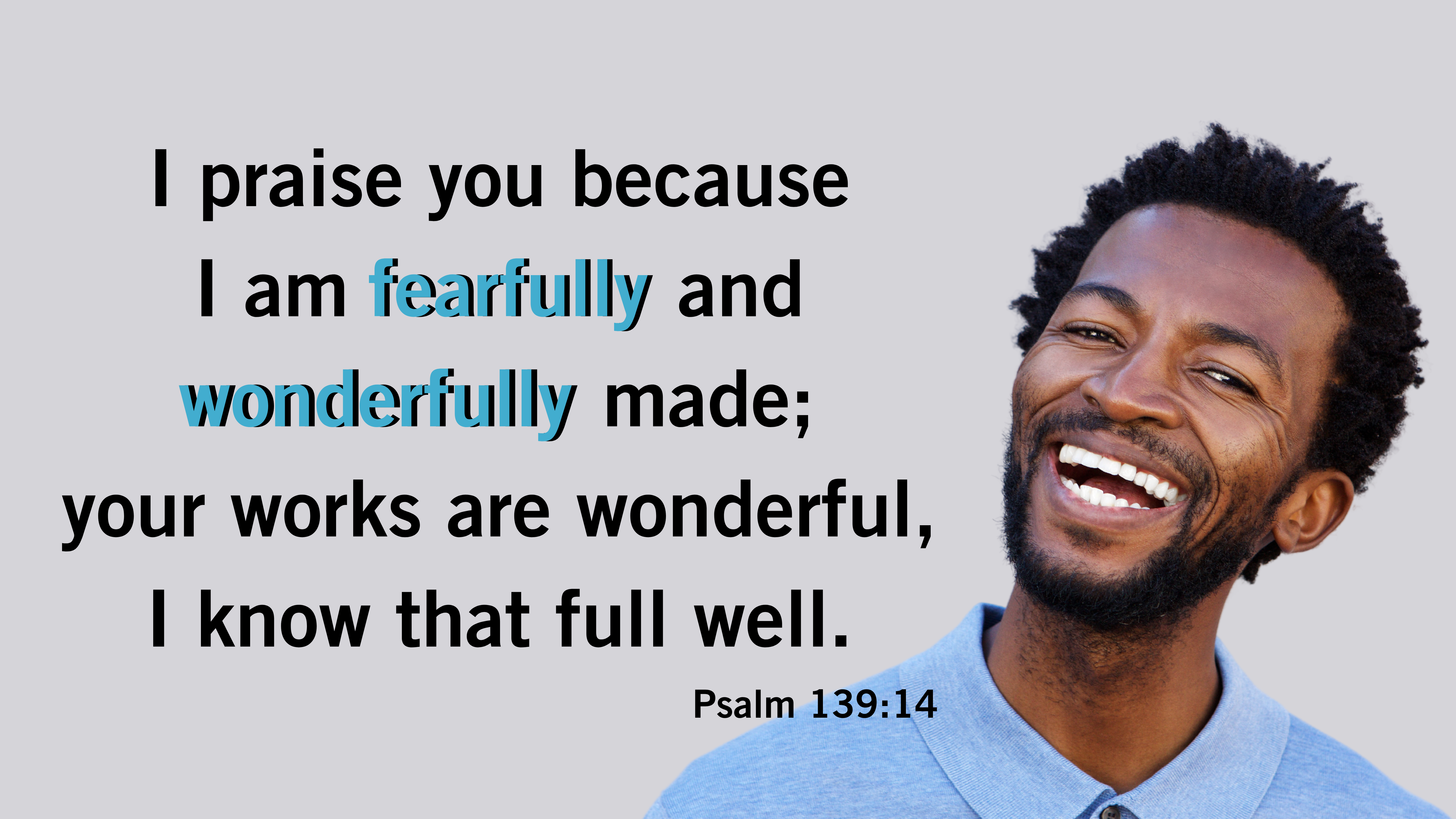Give Lostness a Face and a Name
Recently, I was traveling through Chicago O’Hare Airport, waiting for a flight connection back to Canada. I found myself in a very long line of weary travellers trying to navigate the Transportation Security Administration (TSA) security clearance. As the line got longer, an airport security agent was encouraging passengers to ‘step into this shorter line’ and try our new facial recognition program to avoid the throng of passengers waiting to be screened.
 I was intrigued by the offer and began to read the fine print information on the sign. “This would make life simpler and eliminate future wait times.” The future was biometrics - a picture of your face would be your ID, and that would be your digital signature and access to stress-free onboarding for future flights. Tech Target explains how facial recognition works:
I was intrigued by the offer and began to read the fine print information on the sign. “This would make life simpler and eliminate future wait times.” The future was biometrics - a picture of your face would be your ID, and that would be your digital signature and access to stress-free onboarding for future flights. Tech Target explains how facial recognition works:
The software identifies 80 nodal points on a human face. In this context, nodal points are endpoints used to measure variables of a person's face, such as the length or width of the nose, the depth of the eye sockets and the shape of the cheekbones. The system works by capturing data for nodal points on a digital image of an individual's face and storing the resulting data as a faceprint. The faceprint is then used as a basis for comparison with data captured from faces in an image or video. [1]
Your faceprint is unique to you. Facial recognition is now part of our everyday world. Face ID technology lets users secure their smartphones, authenticate purchases, tag individuals in social media photographs, initiate payment methods (“selfie pay”) with a 3D faceprint mapped by the device. It is currently used in airport security, by law enforcement, in businesses for security entry, and marketing companies to determine age, gender and ethnicity.
 There are no duplicates, and like your fingerprints, voiceprint, and DNA, it is unique to you. As Psalm 139 reminds us, we have been fearfully and wonderfully made. God’s creative power is amazing. The faceprint distinguishes you from everyone else on planet Earth. There are over eight billion people with different faces and God knows each one of them by nose, earlobes, and mouth.
There are no duplicates, and like your fingerprints, voiceprint, and DNA, it is unique to you. As Psalm 139 reminds us, we have been fearfully and wonderfully made. God’s creative power is amazing. The faceprint distinguishes you from everyone else on planet Earth. There are over eight billion people with different faces and God knows each one of them by nose, earlobes, and mouth.
As we look to engage the now 40 million Canadians with the gospel, I am compelled to remind us that lostness has a face. Often, we point out groups of people we need to reach near our homes or churches. Whether they are new Canadians or a specific geographic, demographic, language, or people group. However, our God sees individual faces. His desire is to have a face-to-face relationship with His people. Exodus 33:11 is a picture of this relationship, “The Lord would speak to Moses face to face, as one speaks to a friend.” We see the same in Moses’ benediction: “the LORD make his face shine on you and be gracious to you; the LORD turn his face toward you and give you peace” (Numbers 6:25-26). He has made everyone unique and has a personal plan and destiny for each specific person. He has created them to reflect His glory with a unique plan (Ephesians 2:10).
 Lostness also has a name.
Lostness also has a name.
"'Because he loves me,' says the LORD, 'I will rescue him; I will protect him, for he acknowledges my name'" Psalm 91:14.
One of the greatest things we can do in our relationship with our new Canadian neighbours and friends is to learn to use and properly pronounce their names. Often, new Canadians will take on anglicized names to assimilate. In our interactions with newcomers to Canada, what if we made it a goal not to use their anglicized name, but aim to use their real names, learn the meaning and how to properly enunciate it, and their family history. enunciate it. As we move to intercession for our neighbours, what if heaven was flooded with the names of people far from God, but well known to Him? Abdullah, Sanjeev, Talye, Narges, Hanien, or José. How diverse does your prayer list sound? What would happen if our intercession times had specific names, and a face in front of us when we pray? What a powerful statement that evangelism started with prayer, long before any spoken witness or servant deed. Each name that was being brought before heaven, uttered by an intercessor, with the response from the Lord, “I know that name and see that face.”
Thoughts shared by Brian Egert, Mission Canada Director and Assistant to the General Superintendent.
[1] Gillis, Alexander S., TechTarget https://www.techtarget.com/searchenterpriseai/definition/facial-recognition/ Updated December 2022